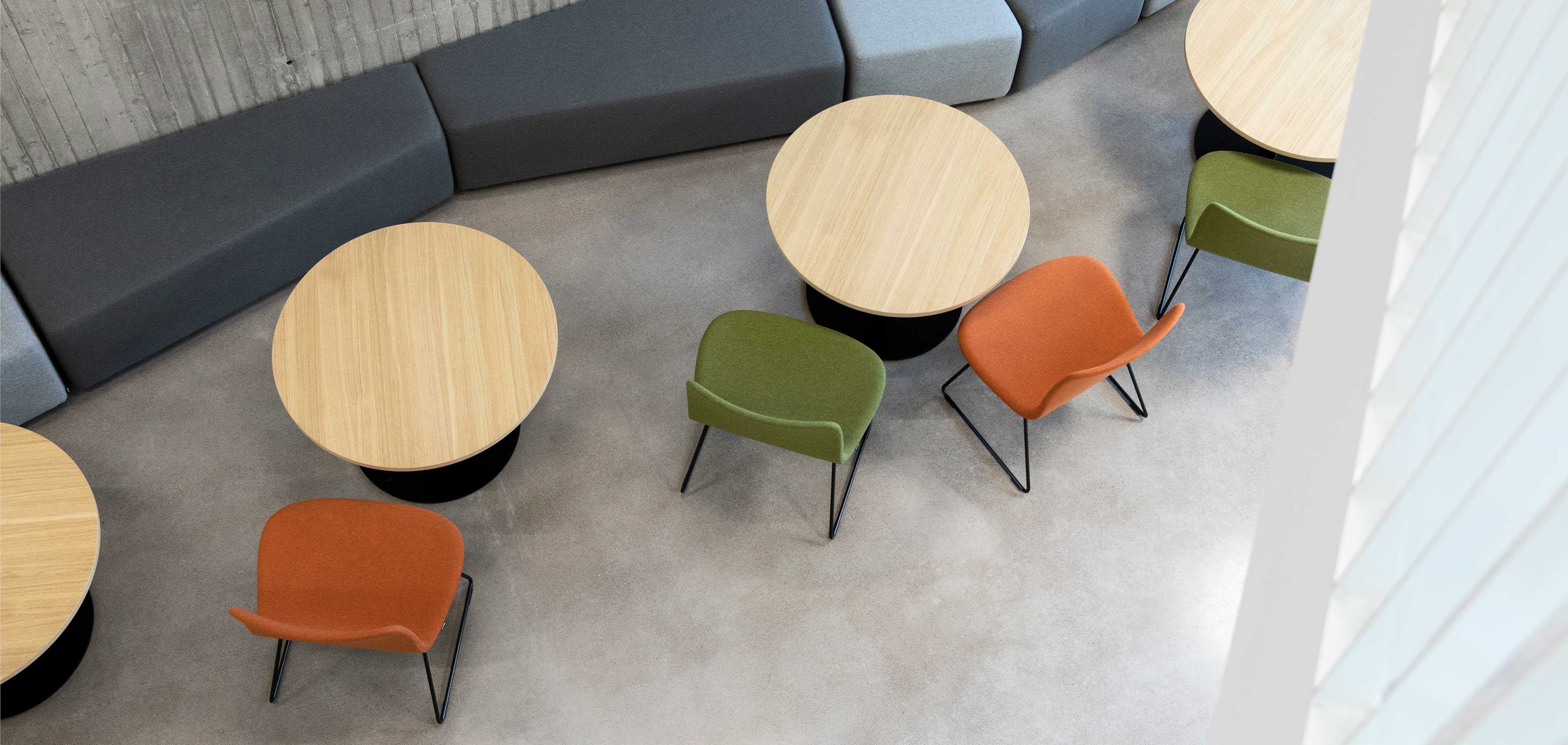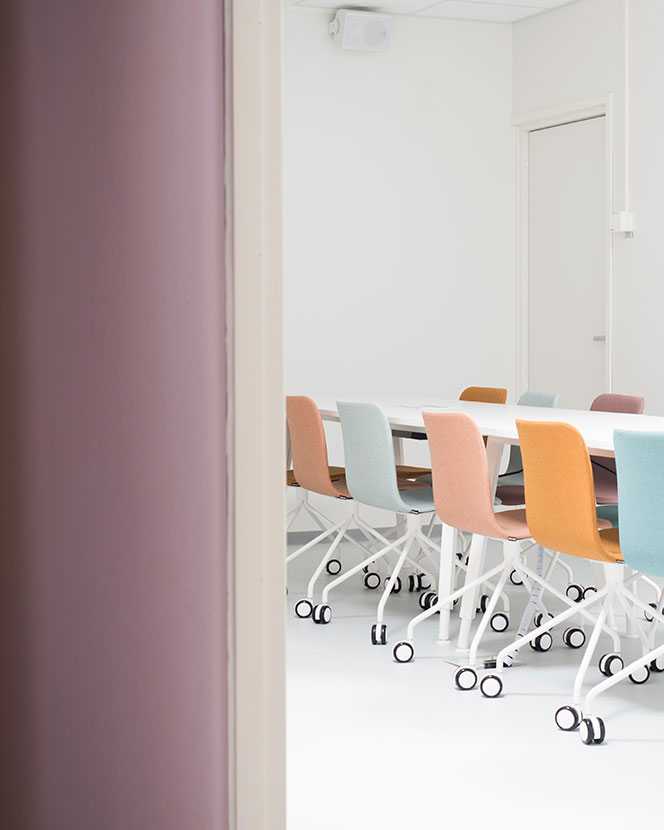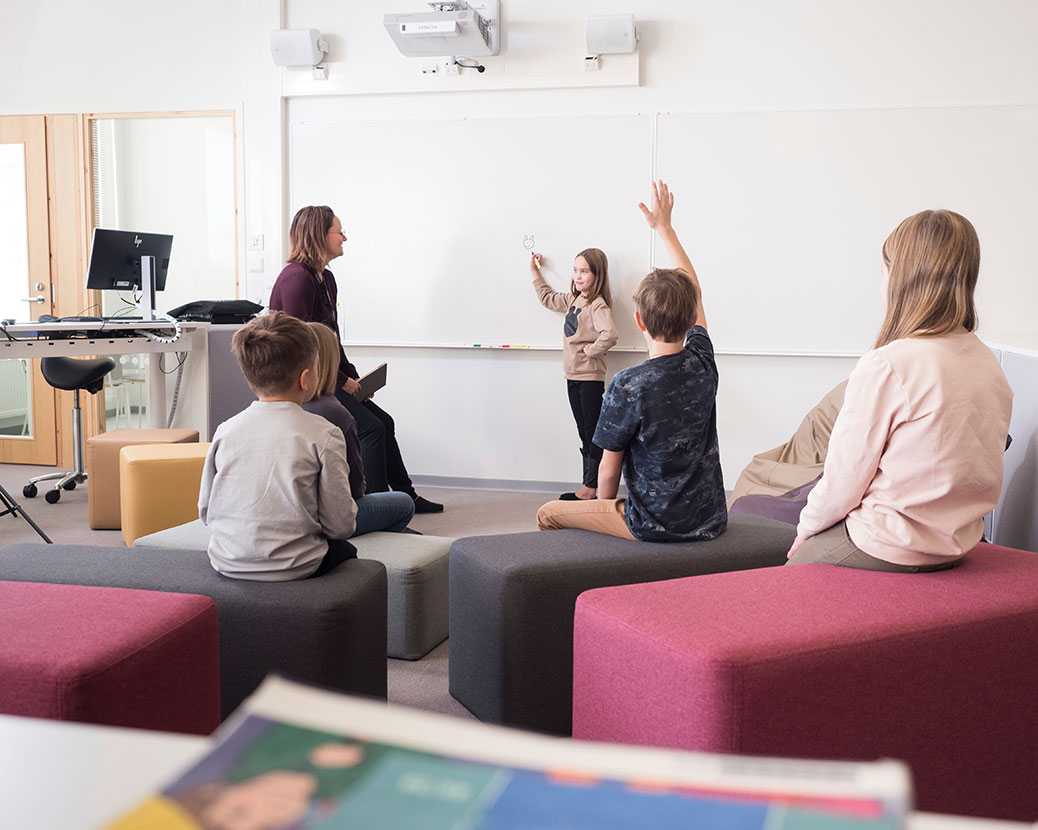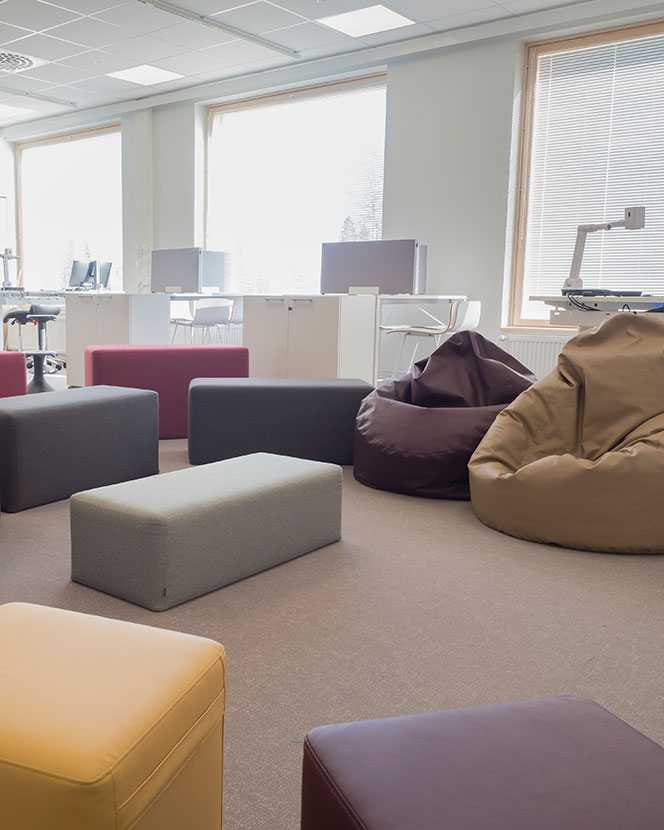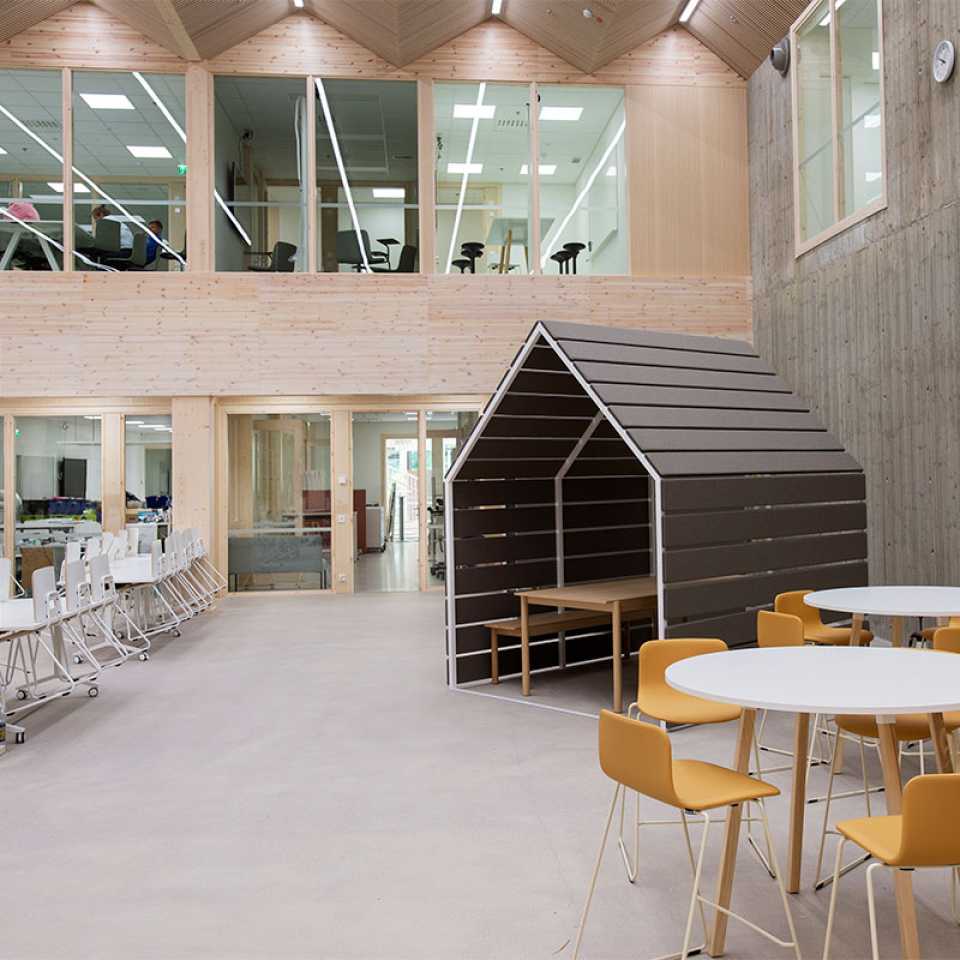Is your current learning environment functional? Does it serve the continuously changing ways of teaching and learning? Do the premises support your operating culture and needs? Are they pleasant and used efficiently?
New practices require renewal.
The role of the school environment is to support learning and teaching in a way that suits each need and situation. The ways of teaching and learning are changing, and with the pandemic, the pace of change has accelerated even further. For example, distance education has been utilised recently whenever the status of the COVID-19 pandemic changes.
No one knows yet how to act in the future and what skills will be needed. What is clear is that many changes will continue to lie ahead. Therefore, it makes sense to design adaptable learning environments, even for yet unidentified needs.
Martela’s Learning environment as a Service model is a solution to this challenge. It enables educational institutions to create easily modifiable, versatile learning and teaching environments that adapt to users’ individual needs. The model ensures that the learning environment is always at its best.

- The operating and learning culture is renewed
- The learning environment scales and adapts to change
- You only pay a monthly fee for what you need
- An easy, responsible and flexible way to procure
Mansikkala school centre, which has about 1,400 pupils, operates in Finland’s largest wooden school building in Imatra. When planning the facilities, the focus was on the adaptability of the learning spaces. A service model, which makes it possible to add, get rid of or replace furniture as necessary, was used to acquire the furniture. “No one knows what learning will be like in ten years’ time, so this is a modern solution that offers the best value for money,” says Sami Turunen, the City of Imatra’s Facility and Safety Manager.
What if the learning environment was always optimal and functional?
A user-driven learning environment updates itself as necessary.
Teaching and learning methods are increasingly varied. New practices and methods also require a new type of learning environment. New learning environments should be created in a user-driven and inclusive way.
Schools and learning environments have traditionally been designed to last for decades. It is customary to buy new furniture when building a new school or renovating an old one. Today, however, the learning environment can be acquired with a flexible service model, in which case the furniture is rented, and the learning environment can be agilely updated in the coming years as needs change. For example, if, after three years, it is noticed that the function of a particular space is changing, the furniture can be returned and replaced with new ones that support the new operating model. The monthly rent increases or decreases according to the changes made, and the learning environment always remains optimal. The service model is also ideal for furnishing temporary facility. When the return to the permanent premises arrives, some or all of the furniture may be returned.
The continuous optimisation included in the service model ensures that the learning environment always remains comfortable and functional. Mapping at agreed intervals ensures that the school is constantly up-to-date and that both students and teachers are comfortable working there.
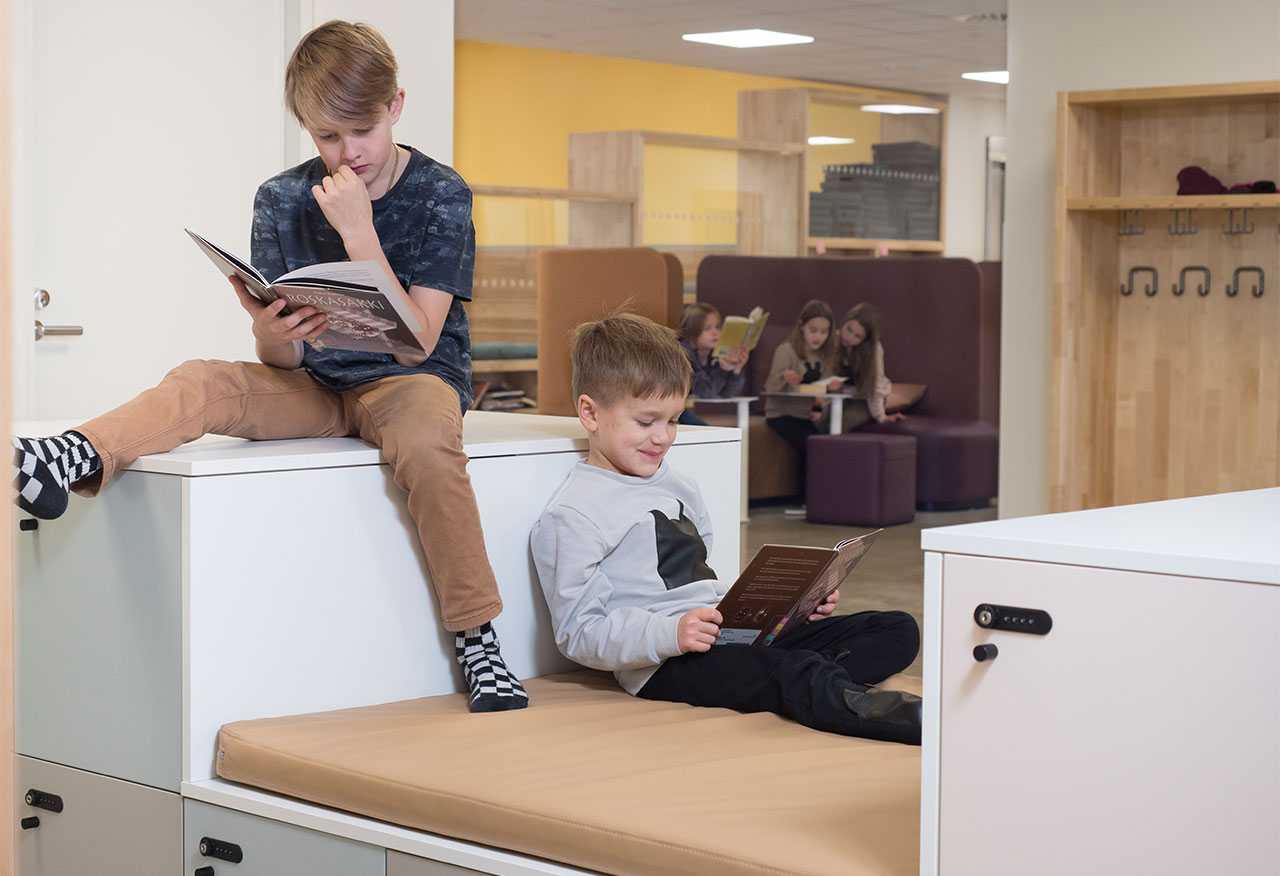
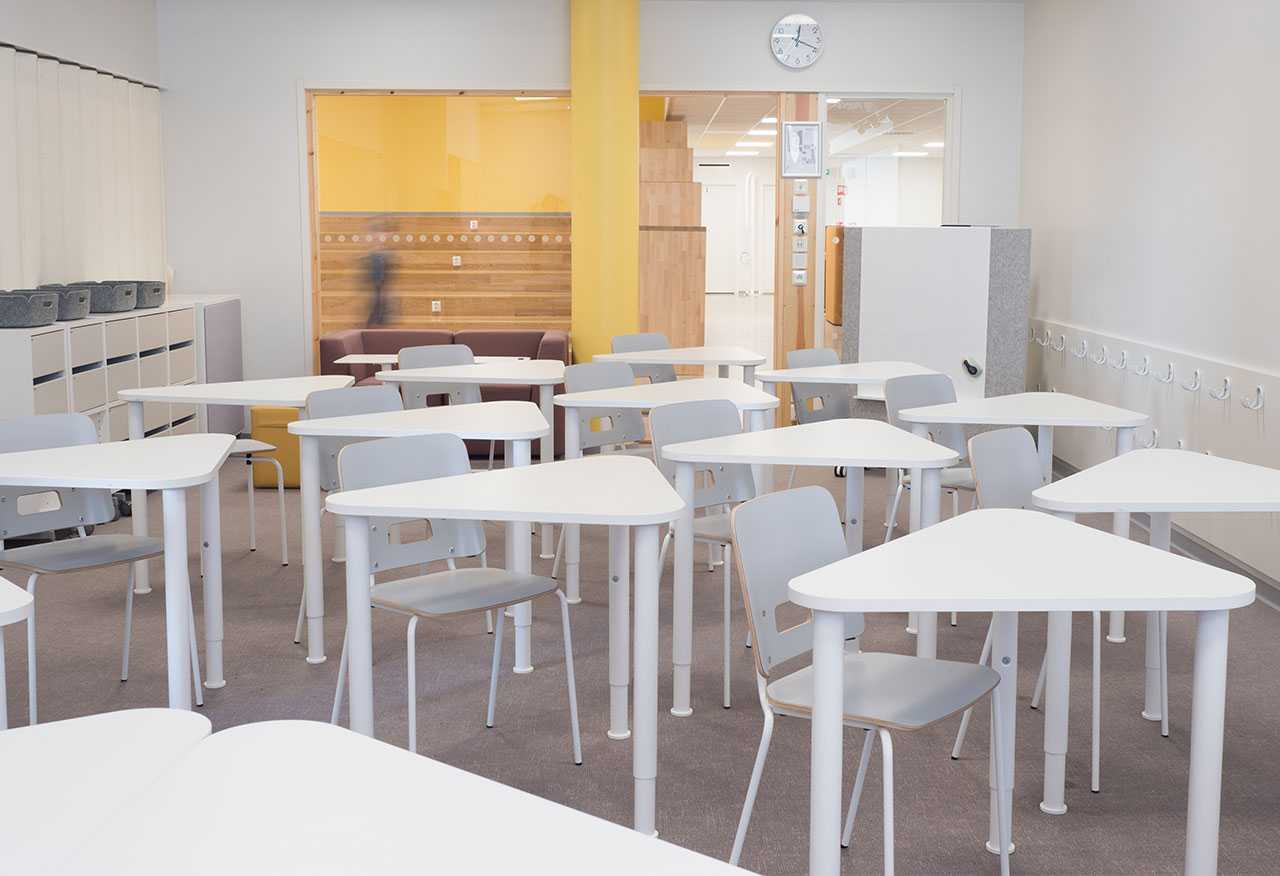
- Defining goals and users’ needs
- User-driven design
- Implementation of the transformation and support
- Constant collection of user data and optimisation as required
Select the service package best suited to your needs
Schools and educational institutions are activity-based environments that must serve their users flexibly. Martela’s Learning environment as a Service model ensures a learning environment that is always at its best.
A Learning environment as a Service is always implemented as a solution that matches the needs of the organisation and its users. The available services are the specification of development goals and needs, participatory planning, and implementation of the learning environment. The continuous optimisation model consists of measurement and analysis of the use of the spaces and the user experience, participatory planning for updates, furniture as a service, an optimisation and recycling service, and development of the operating culture.
We utilise the collected data and make plans in collaboration with the users. The Martela team will also be responsible for the implementation and continuous optimisation of the learning environment.
The Learning environment as a Service model is easy to adopt. Since we collect user experiences and measure the utilisation rate of the spaces, we obtain a lot of information that helps us to modernise the learning environment in ways that meet the users’ needs.
Contact us
